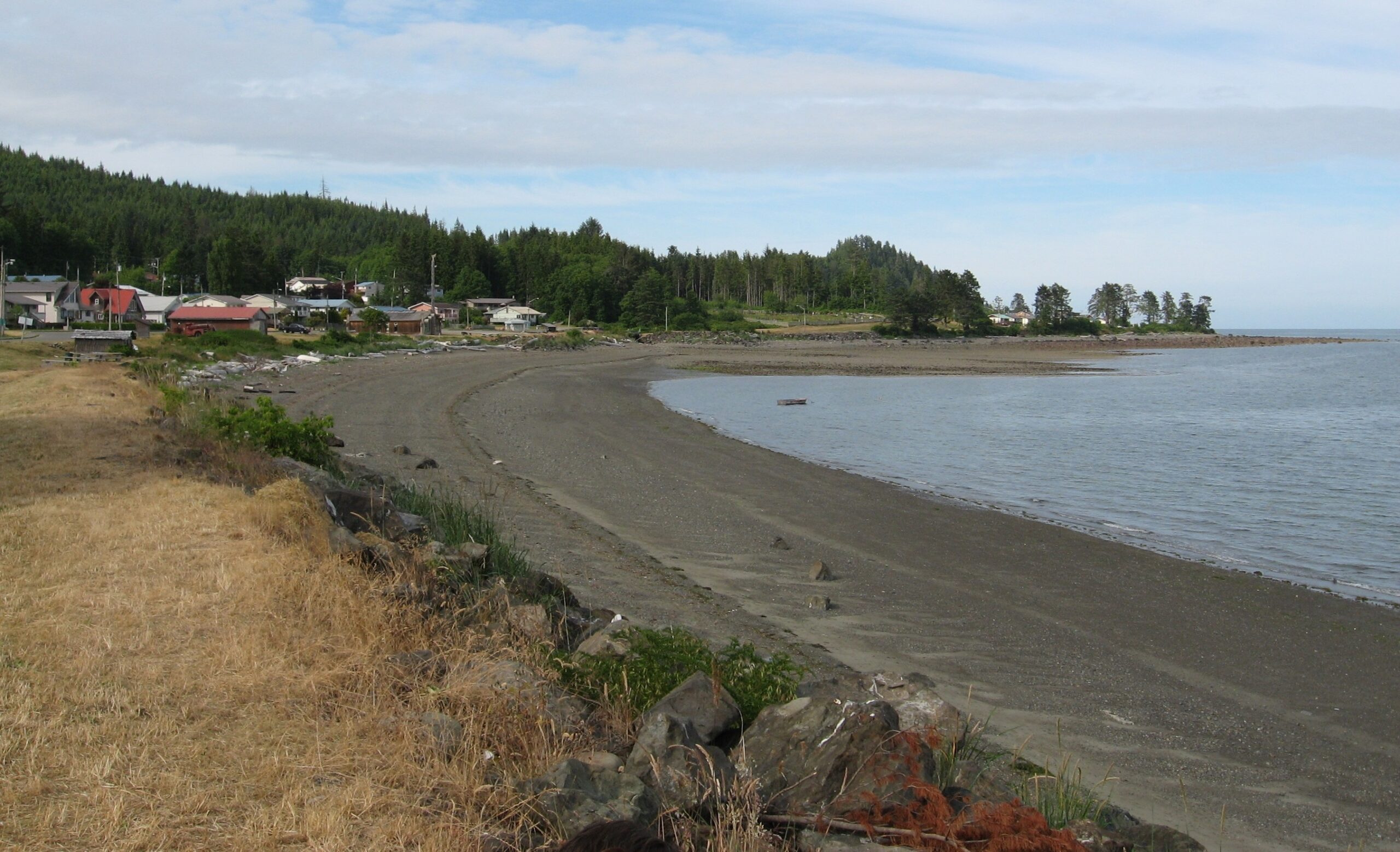Heiltsuk member Gary Wilson has experienced firsthand the challenges presented by limited Internet service in coastal First Nations communities.
In 2012, Wilson was completing his undergraduate program online while working in Bella Bella. When assignments were due, he found himself competing for daytime bandwidth access with the rest of the community. “I had no choice but to go to the office at 3 am to upload to the university platform, when nobody was awake, and the kids weren’t gaming.”
As a more extreme example, Wilson points to Klemtu residents who felt the impact of living without Internet in December 2018. Extreme storm winds blew down a tower, paralyzing payment systems and incapacitating administrative services.
Coastal First Nations is working to bring faster and more reliable Internet service to the coast to help communities deal with these challenges. Through the $45-million government-funded Connected Coast initiative, CFN members will be among 44 coastal Nations to benefit from improved high-speed Internet service.
As CFN’s Planning & Special Projects Coordinator, Wilson is helping communities visualize their priorities for a new digital economy. Opportunities for the future, he says, are endless.
The Heiltsuk Nation plans to include urban members in online language revitalization programs. “Right now, it’s not possible to live-stream a language program effectively from Bella Bella to people in Vancouver,” Wilson explains. “Classes can be disrupted by wind or cold weather.” Activities related to stewardship and coastal economies are also bottle-necked because of the inability to manage big data loads.
Future opportunities include telehealth services, video-conferencing so Nations can reduce travel footprint, and
attracting digital jobs and business to help young people stay in communities.
There are big implications for community safety as well. “We’re always concerned about reaching people for emergencies like tsunami warnings, if they’re out of cell range,” Wilson says. “And in the case of marine emergencies, even if you have a good response plan, you still need reliable internet access for it to be effective.”
Improved service, which is slated for delivery next year, will reach remote coastal communities via a fibre-optic cable on the ocean floor – reaching from Haida Gwaii and Prince Rupert to the south coast, and around Vancouver Island.
Canada and BC will cover the cost of delivering high-speed service to community shorelines. Then it’s up to communities to decide how to plug in to bring service to individual homes.
While all CFN communities can currently handle deliver faster Internet, Wilson cautions that aging infrastructure will soon outgrow community needs. “Communities need to start planning now for their digital future,” he says. Government funding will be available to support communities’ digital visions, based on a business plan and industry partner.
CFN is also partnering with the Evergreen Smart Cities Initiative to propose a community-owned telecommunications enterprise that would supply service through a regional approach. A social enterprise model could negotiate better service and equipment rates, sell internet access to other users, and put profits back into communities.


